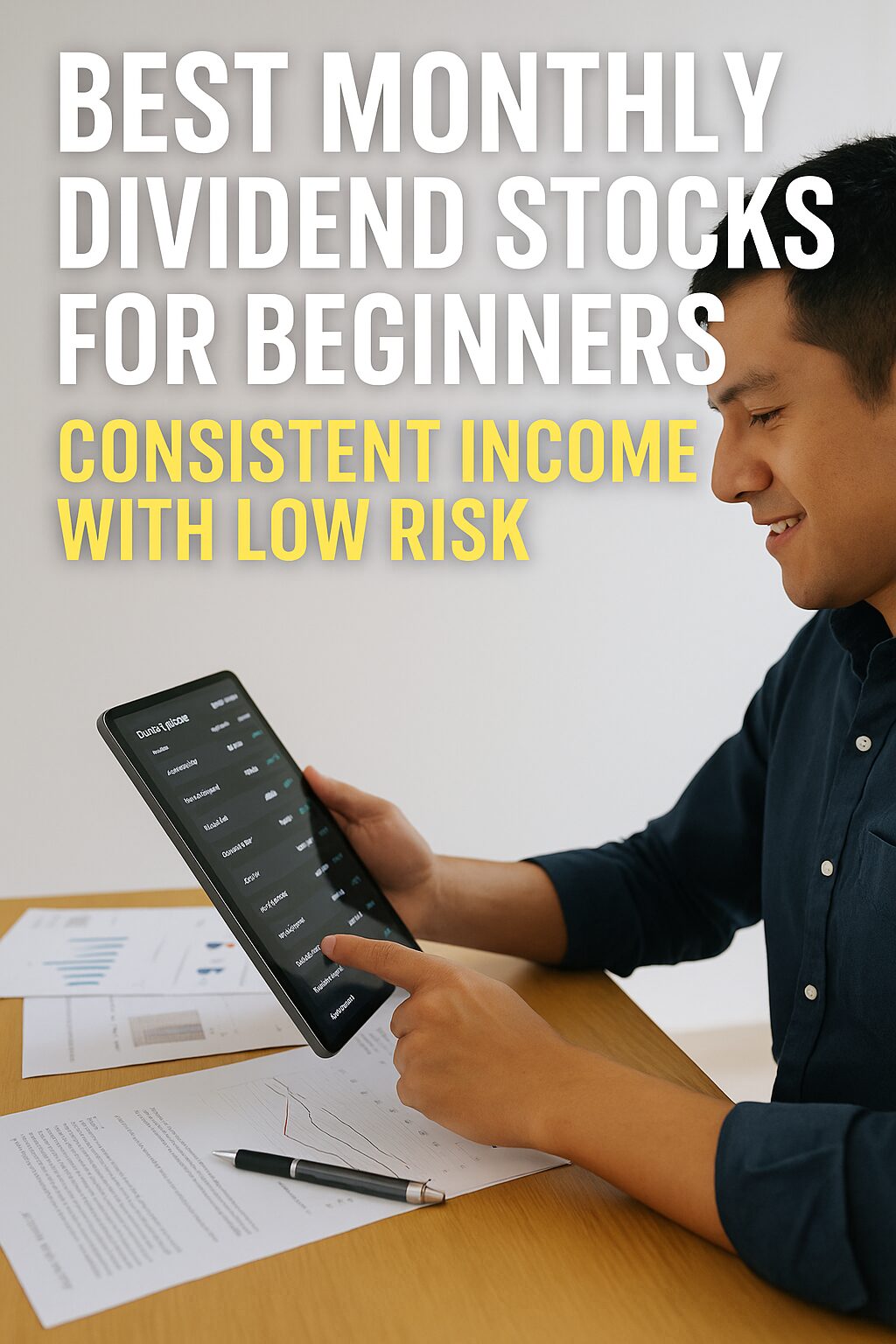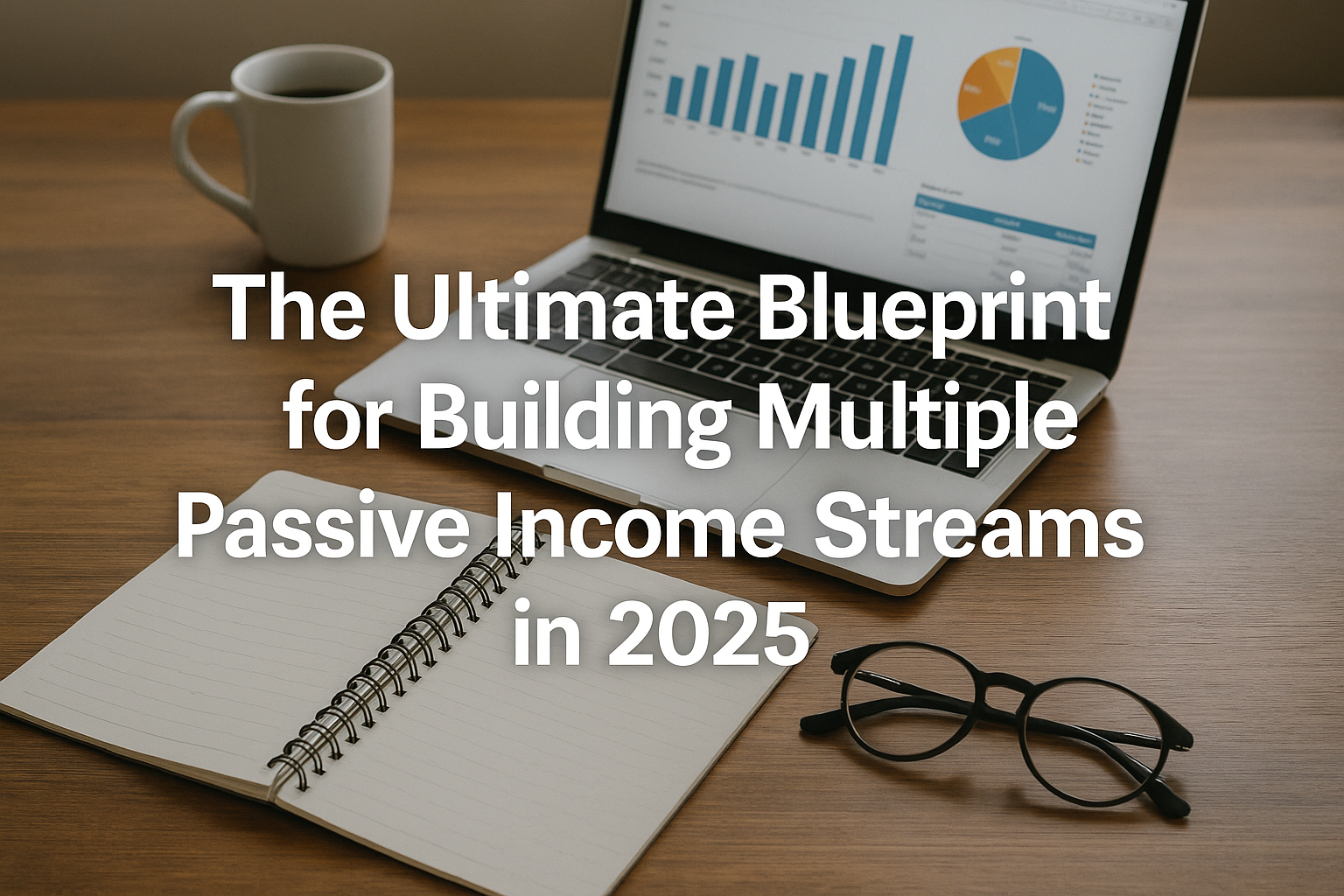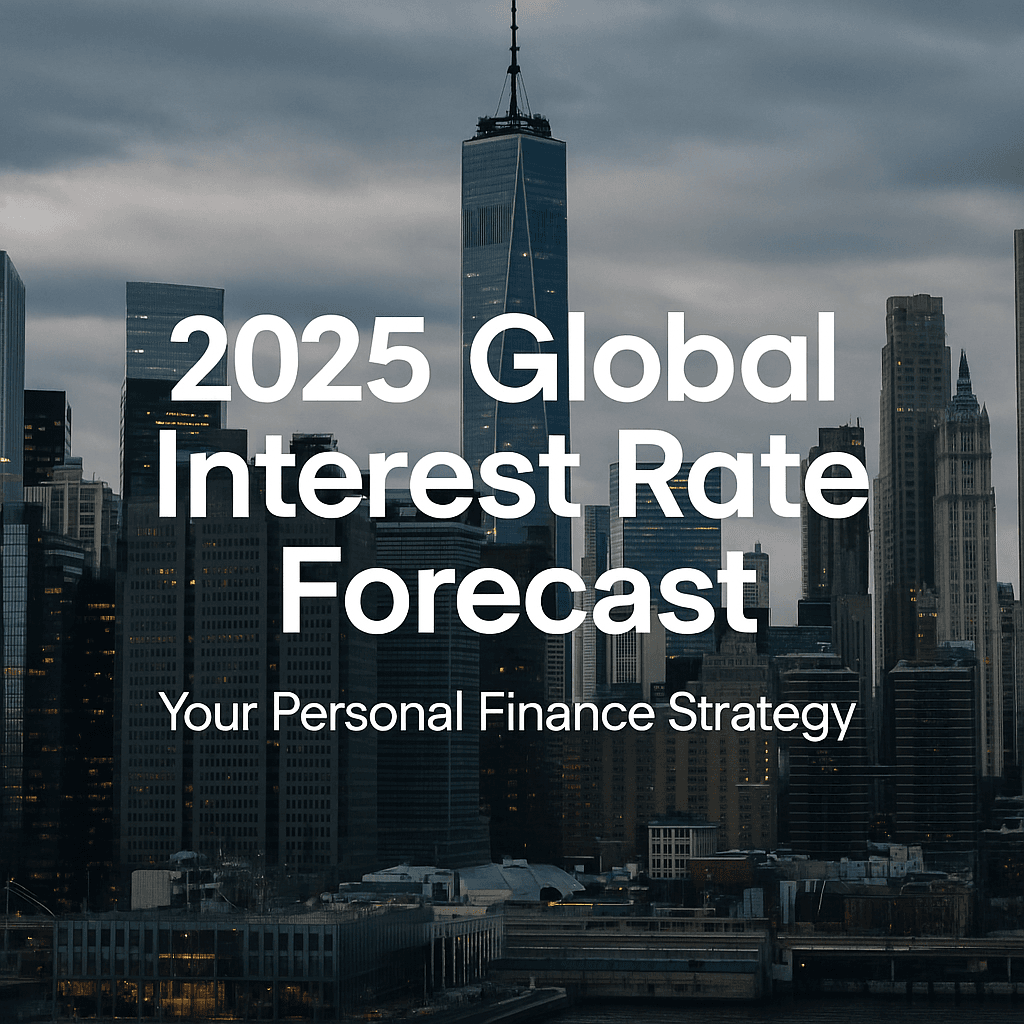If you’re new to dividend investing and looking for stocks that pay you every month, you’re in the right place. Many first-time investors think that only complex portfolios or large investments can generate reliable passive income. But in reality, there are a few solid, beginner-friendly U.S. stocks that offer monthly dividends with relatively low entry barriers.
In this guide, we’ll highlight 3 of the best monthly dividend stocks for beginners in 2025 — and explain exactly why they’re worth your attention.
Why Choose Monthly Dividend Stocks?
Most dividend-paying stocks distribute income quarterly, meaning you get paid every three months. However, monthly dividend stocks help smooth out your income and simulate a more paycheck-like experience.
They are particularly helpful if:
- You want a consistent cash flow every month
- You’re building a dividend ladder
- You plan to reinvest dividends monthly for faster compounding
1. Realty Income (O) – “The Monthly Dividend Company”
- Dividend Yield: ~5.6%
- Market Cap: $45+ Billion
- Payout History: Monthly dividends since 1994
Why it’s beginner-friendly:
Realty Income is the most well-known monthly dividend payer in the U.S. It’s a REIT (Real Estate Investment Trust) that owns over 13,000 properties across retail, commercial, and industrial sectors — many of which are leased to recession-resistant tenants like Walgreens, 7-Eleven, and FedEx.
Realty Income’s track record is impeccable. It has paid 636 consecutive monthly dividends as of 2025 and is a true cornerstone of income-focused portfolios.
2. Main Street Capital (MAIN)
- Dividend Yield: ~6.8%
- Market Cap: ~$3 Billion
- Dividend Type: Monthly + occasional special dividends
Why it’s beginner-friendly:
MAIN is a Business Development Company (BDC) that invests in small and mid-sized private companies across the U.S. While that might sound complex, the company itself is stable, diversified, and very shareholder-friendly.
MAIN not only pays reliable monthly dividends but often adds bonus/special dividends throughout the year. For beginners looking to maximize passive income on a smaller budget, MAIN offers a high yield with lower volatility than most high-dividend stocks.
3. STAG Industrial (STAG)
- Dividend Yield: ~4.1%
- Market Cap: ~$7 Billion
- Dividend Schedule: Monthly
Why it’s beginner-friendly:
STAG is a lesser-known but solid monthly dividend payer focused on industrial real estate — warehouses, logistics centers, and fulfillment properties.
With the rise of e-commerce and AI-driven logistics, STAG’s tenants are generally large, creditworthy companies. For new investors seeking stable income from a growing sector, STAG provides a great entry point.
How to Get Started (Even With $100)
You don’t need thousands of dollars to begin collecting dividends. Here’s how you can get started today:
- Open a brokerage account (Fidelity, M1 Finance, Interactive Brokers)
- Use fractional share investing to buy portions of expensive stocks like O or MAIN
- Enable DRIP (Dividend Reinvestment Plan) to automatically reinvest your income
- Track payouts using free tools like TrackYourDividends or a simple Google Sheet
- Set monthly contributions and build your dividend snowball consistently
Final Thoughts
Monthly dividend stocks offer a smooth and consistent path to passive income — especially for beginners. By starting with dependable payers like Realty Income, Main Street Capital, and STAG Industrial, you lay the foundation for future financial independence.
Remember: it’s not about timing the market, it’s about time in the market — and monthly payers make that journey feel rewarding every step of the way.


